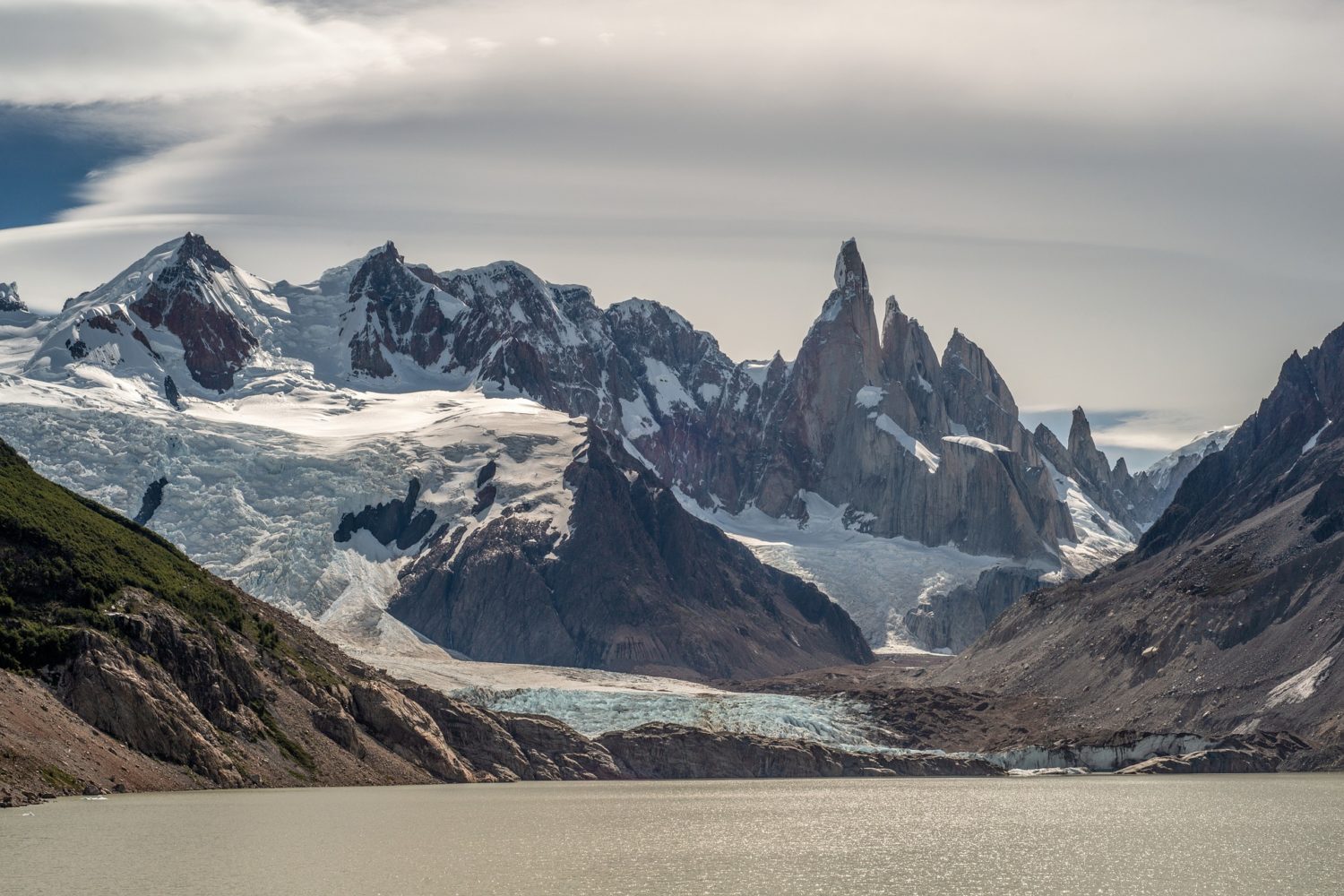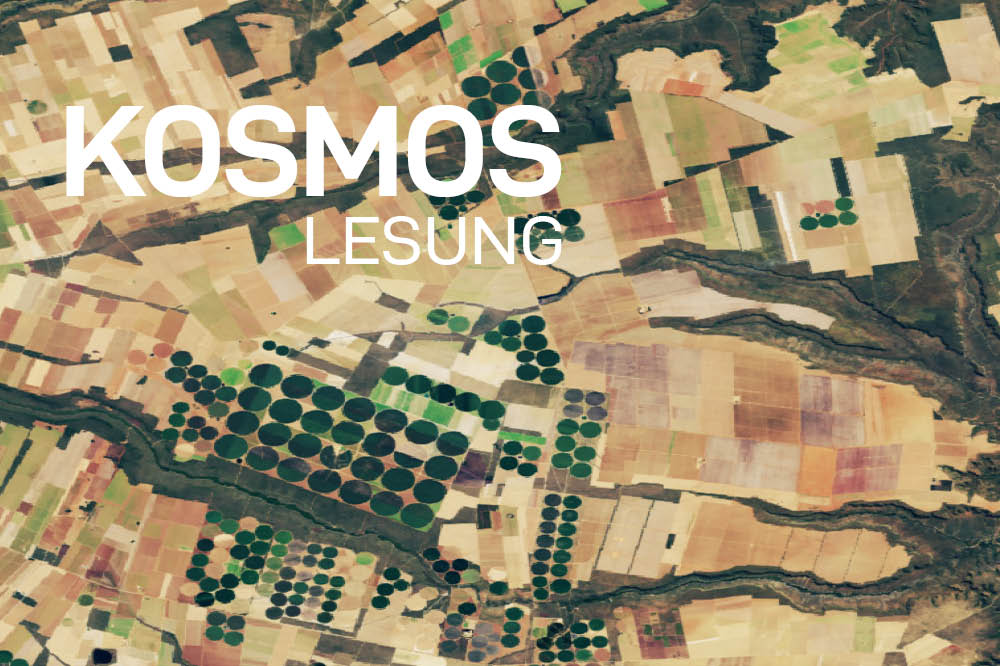
Together with colleagues from the University of Insbruck, THESys Member Christoph Schneider has published a study on glacial lakes in the mountains of High Asia. In the journal Frontiers in Earth Science, the authors show that the water volume of glacial lakes could increase tenfold compared to today as a result of climate change. This could lead to an increase in natural disasters caused by glacial lake outbursts.
Projected 21st-Century Glacial Lake Evolution in High Mountain Asia
In High Mountain Asia (HMA), rising temperatures and retreating glaciers are leading to the formation of new glacial lakes and the expansion of existing ones. The sudden release of water from such lakes can lead to devastating glacial lake outburst floods (GLOF) threatening people and infrastructure for many kilometers downstream. Therefore, information on future glacial lakes, e.g., their location, area and volume as well as the timing of their development, is vital for sustainable development of settlements and infrastructures.
In this study, the authors present comprehensive estimates for future glacial lake development in HMA with unprecedented temporal resolution. The researchers rely on an ensemble of fifteen global climate models using the newest CMIP6 data and employ a set of four Shared Socioeconomic Pathway (SSP) scenarios. With the Open Global Glacier Model (OGGM), they use a modeling framework that explicitly simulates glacier dynamics in order to model glacier change until 2100 and estimate the formation period for each of the 2,700 largest future glacial lakes (>0.1 km2) in HMA.
The authors estimate the glacial lake area in the entire region to grow by 474 ± 121 km2 for SSP126 and 833 ± 148 km2 for SSP585. Following recent estimates of currently existing glacial lakes (>0.1 km2), this would constitute an increase in lake area of ∼120–∼210% in 2100 compared to 2018. The lake volume is expected to increase by 22.8 ± 6.7 km3 for SSP126 and 39.7 ± 7.7 km3 for SSP585. This range includes a drastic tenfold increase in lake volume, from estimated 3.9 km3 in 2018 to 43.6 ± 7.7 km3 in 2100.
However, there is a considerable spread between total and relative increase in glacial lake area and volume for different sub-regions of High Mountain Asia. As both, lake area and lake volume, could lead to an increase in GLOF risk, the results emphasize the urgent need for more localized, in-depth studies at especially vulnerable locations in order to enable local communities to adapt to emerging challenges, to implement risk minimization measures, and to improve sustainable development in High Mountain Asia.
Publication
Furian, W., Maussion, F., Schneider, C. (2022) Projected 21st-Century Glacial Lake Evolution in High Mountain Asia. Frontiers in Earth Science, 10. doi: 10.3389/feart.2022.821798.
Press release
Please read the press release on the website of HU Berlin here
Photo by jawajeziorski on Pixabay







